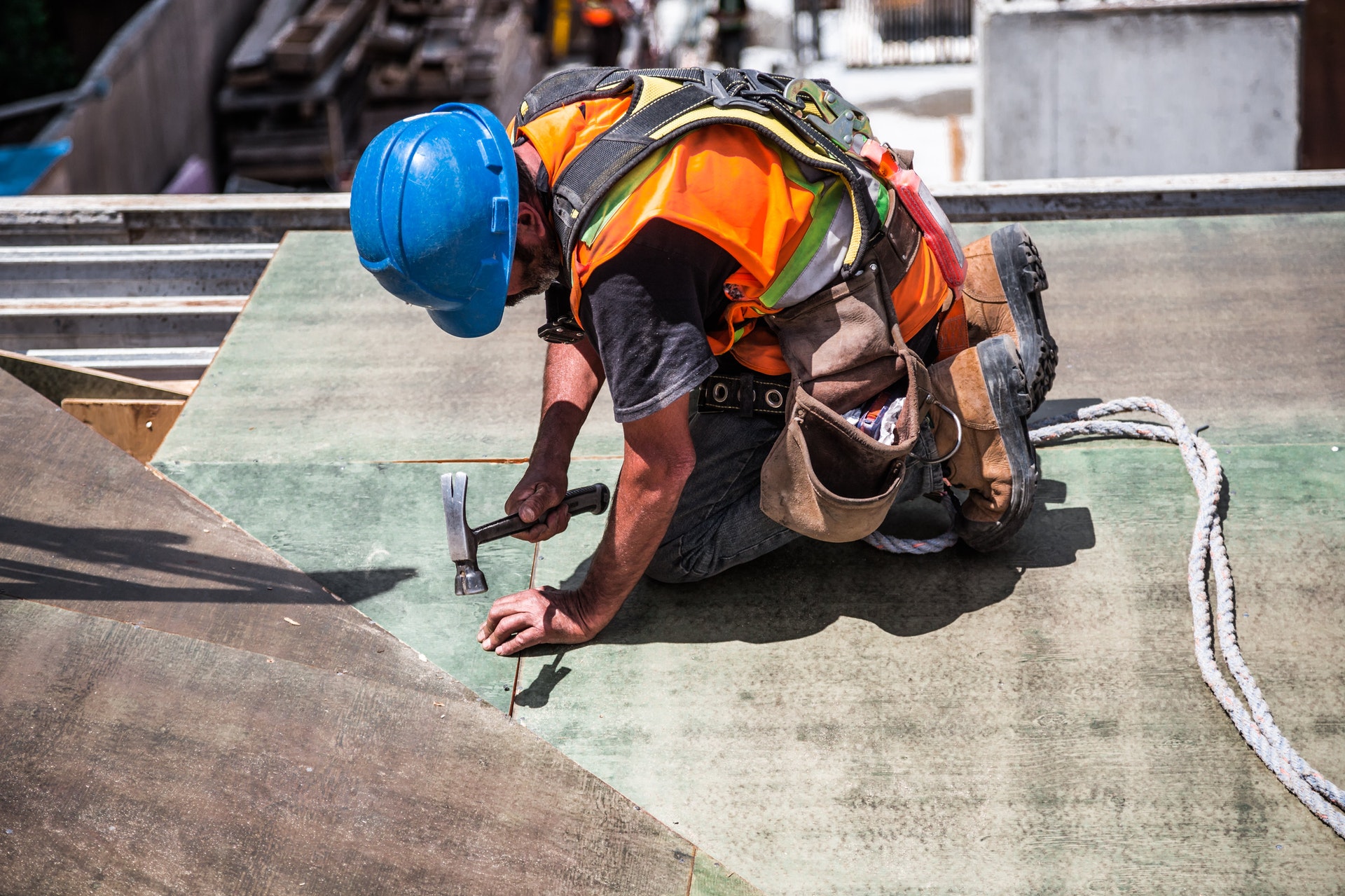
What is a Building Notice & How do They Work?
A building notice is a route to building regulations approval in which no technical drawings are produced, checked amended and approved in advance. Instead, simply informing building control and having regular site inspections is used instead. This is only okay for basic minor works like knocking out walls or a small porch and if you know or your builder knows exactly what is required.
For any building project, building control is usually required to be involved. They give building regulations approval and enable you to build legally, no matter what your project is for. How you get it, however, can be a little bit different. The general routes are Full Applications, where an architectural professional will create building regulations drawings and work with BC, or the Building Notice Route.
The Building Notice Process
For the building notice process to be carried out, the authority working on your project needs to visit and inspect the works at various stages (before being covered up). Advice will usually be given to the builder, but any works that do not comply will need to be redone. Any work that requires consultant input such as structural engineer design will need to be provided.
First the form needs to be filled out and submitted with the correct fee, the builder or person responsible needs to be added along with duty holder information. They will ask what the work entails and if it affects anything significant such as utilities or main sewers.
With each and every project being unique and different, there are some stages that are applicable to one project that may not be applicable to others. Whatever your project does need however, the authority will need to be informed before any of these:
- Commencement fee (48 hours before commencing)
- Foundations and drains excavated
- Footings and build to DPC (damp proof course)
- Steel work and lintels
- Timber roofing works
- Pre plastering or first fixed
- Completion and certificates issued (not more than 5 days before occupation)
Simpler projects will be a case of exposing affected areas and meeting building control to confirm works, then call again after works are completed or covered up.
Work involving electrics, gas, sewers, party walls, structural changes, utilities, heat loss will require 3rd party design or self accredited schemes, utility or water authority permissions.
Once all of these have been carried out and with no issue from the authority working with you, be it local authority or private inspector, you’ll then be issued a certificate of completion. This helps you certify your build should you need to. It’s helpful when it comes to selling your property, and for insurance purposes.
Your local authority can insist you get suitable drawings to ensure compliance under regulation 13 (3)
The Benefits of a Building Notice
Because of how different the building notice process is in comparison to the full plans route, there are a couple of highly specific benefits that can be very useful to know.
No drawings needed
The main benefit of this route to building control approval is that there is no need for drawings in the process. You do not need to work with an architectural professional and instead can move straight onto the build. The builder may need to make their own drawings, request you to get working drawings created, or simply work to their own processes. In any case, drawings are not mandatory, which may save some money.
Quicker and more independent
In addition to not needing to pay for drawings, there’s also the point to consider that there’s no waiting around for drawings, either. As a result, this process is faster than full plans. There are fewer steps in the process so that only stands to reason. That’s providing there’s no issue.
The Drawbacks of a Building Notice
Like anything, although the building notice route has its positives, it has negatives. After all, there are no drawings being used for your build.
Less certainty
The main area of issue is the uncertainty that comes with the build. At every step, you’re hoping entirely that the build is compliant with building control standards. If there is an issue, you will not know until it is too late. That can be a very costly issue and delay the build too. Drawings add a layer of security since everything is pre-approved before work begins. That includes any further elements you need to add like structural calculations that could hold up your progression.
Builder has less to work from, might mess up
You also have to consider that without the full plans route, the lack of drawings means that the builder you’re working with doesn’t have pre-approved, professional drawings to work from. As a result, you’re much more reliant on your builder knowing what they’re doing and not making any mistakes. That’s even more important considering there’s no possibility to seek a determination from building control on any issues that need to be appealed.

Sorry, the comment form is closed at this time.